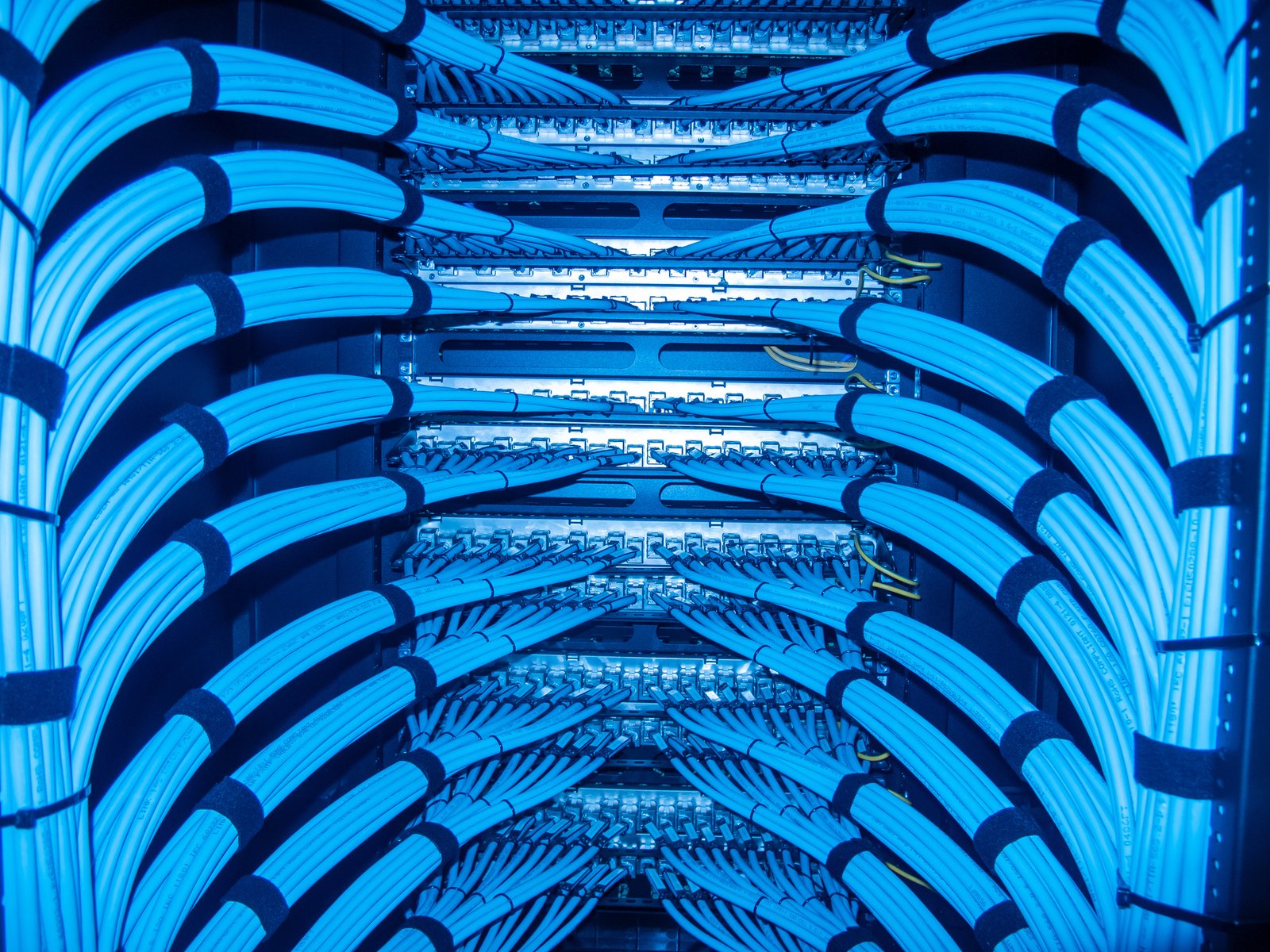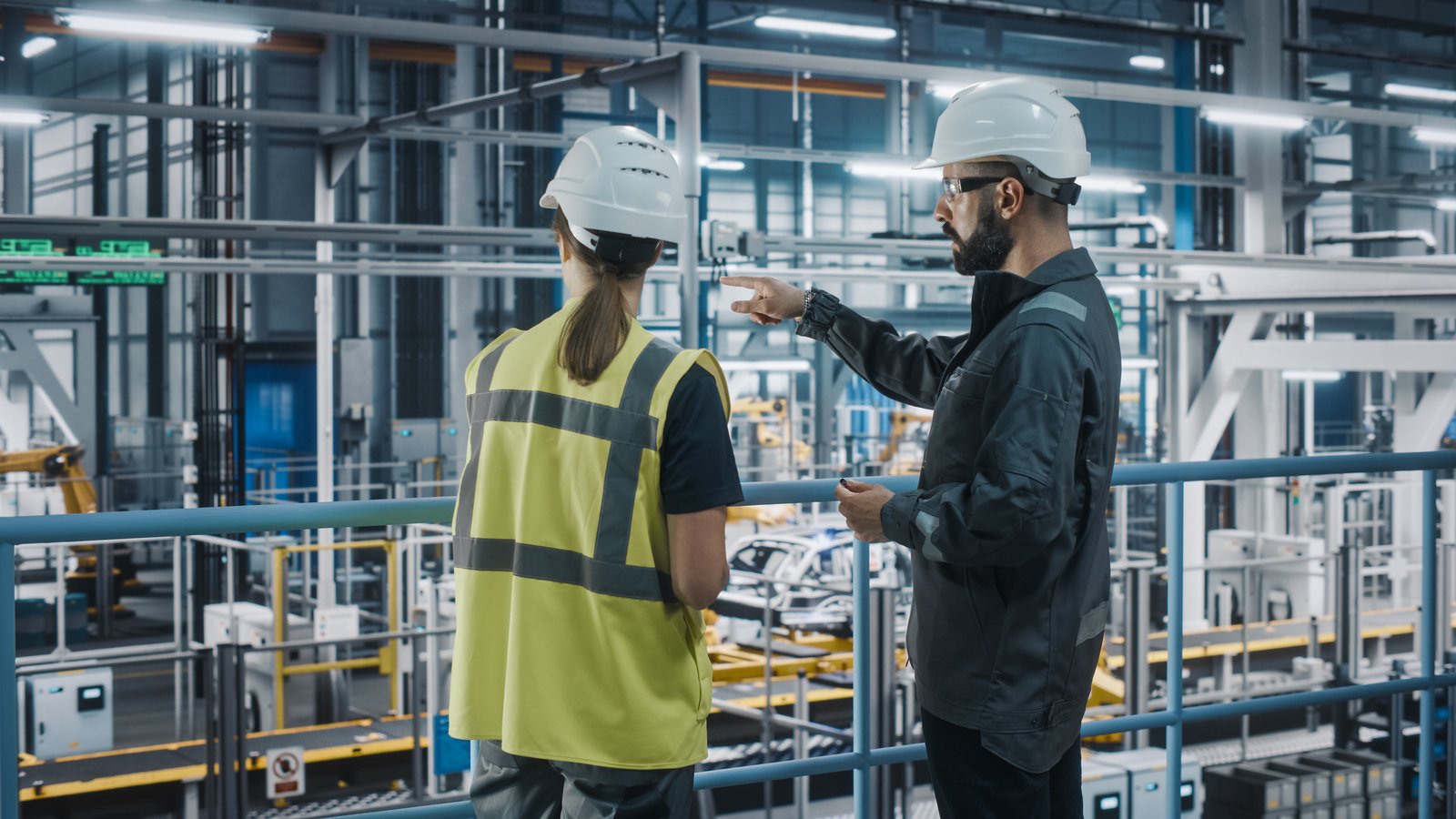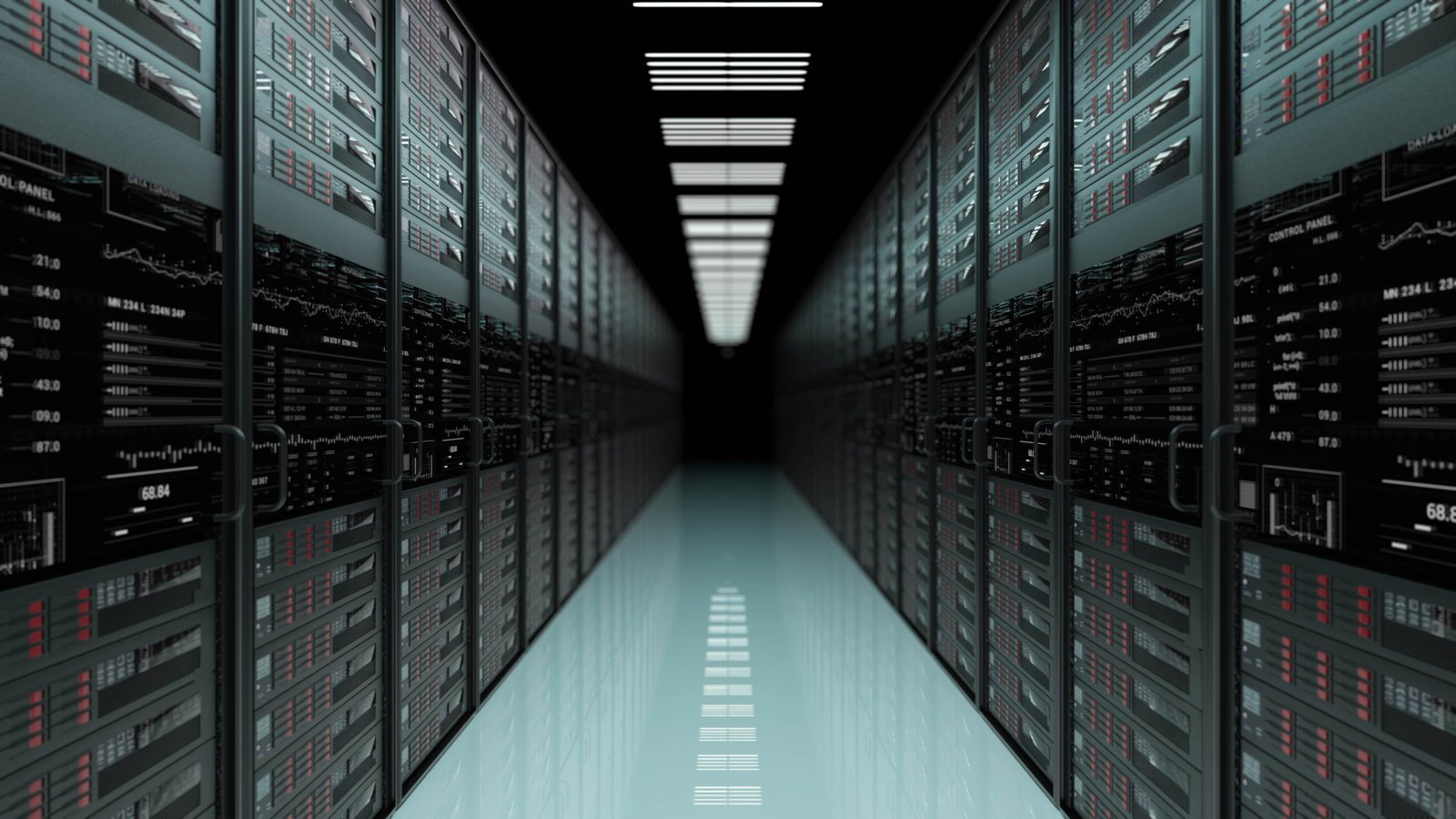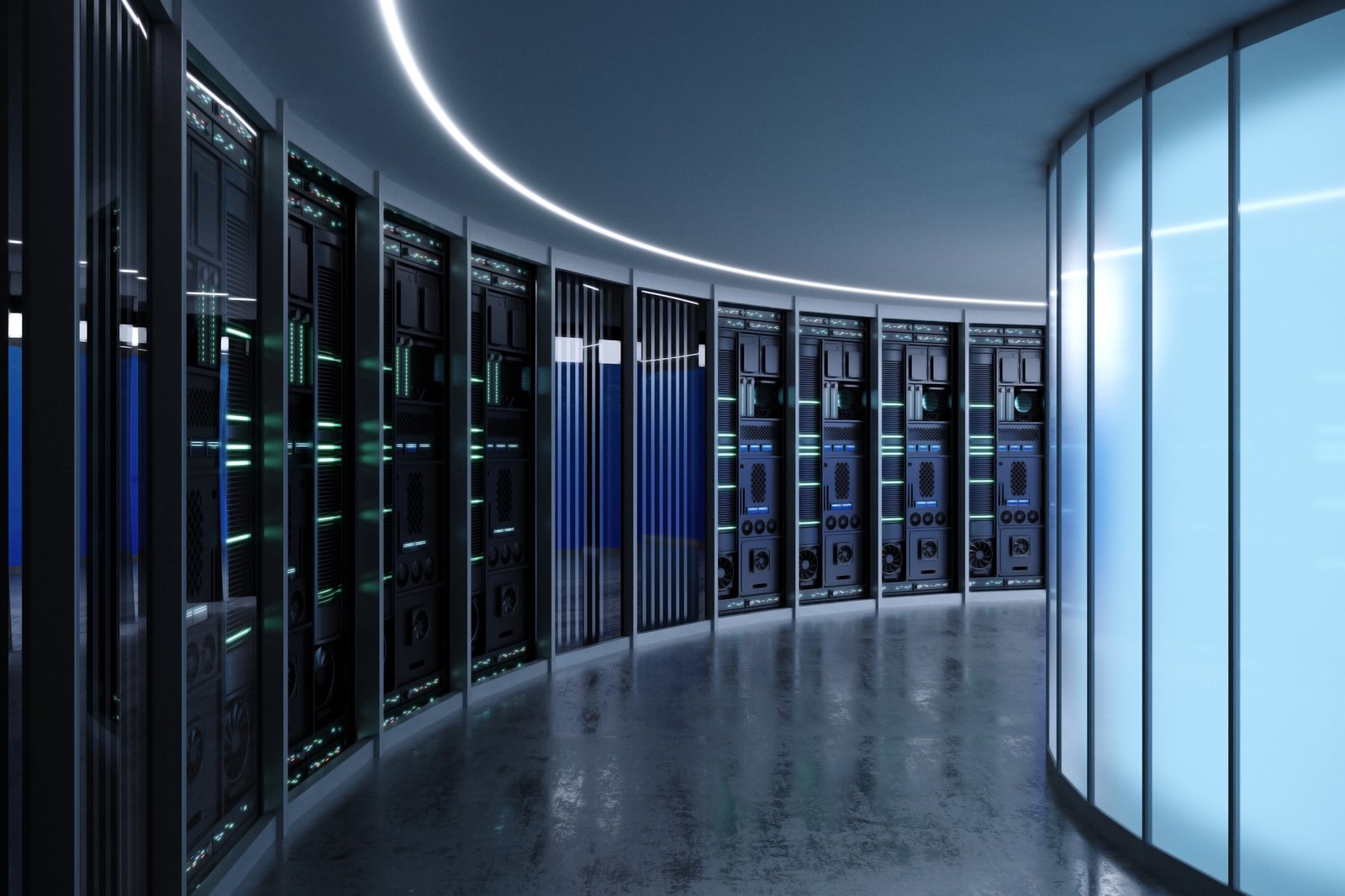In the world of structured cabling and network infrastructure, the Main Distribution Frame (MDF) is a critical hub — the central point where all your network’s connections come together.
Whether in a corporate office, a hospital, a data center or a telecommunications facility, the MDF plays a vital role in ensuring that data, voice and other services flow smoothly and securely throughout the building or campus.
“Understanding the components of your building’s network infrastructure is crucial for effective network management,” writes senior network architect veteran Kerry Cordero. “Typically located in a dedicated room or closet, the MDF houses essential network equipment such as routers, switches, firewalls and WAN devices.”
Despite its importance, the MDF is often one of the least understood parts of the network for non-technical stakeholders. Knowing what an MDF is, how it works and how to design and maintain it properly can make the difference between a reliable, scalable network and one plagued by outages, bottlenecks and high maintenance costs.
What Is a Main Distribution Frame (MDF)?
The Main Distribution Frame is the primary central point in a building or campus where incoming service provider lines connect to the organization’s internal network. Think of it as the main “junction box” for your structured cabling system.
In structured cabling terms, the MDF:
- Houses termination points for incoming telecommunications services, such as internet, voice and data
- Connects to Intermediate Distribution Frames (IDFs) or smaller wiring closets throughout the facility
- Contains patch panels, network switches, routers and other core network equipment
- Serves as the starting point for cable pathways running to various parts of the building
If the MDF is the “heart” of the network, the IDFs are like arteries that carry data to different areas.
The Role of the MDF in Structured Cabling
A properly designed MDF is more than just a rack of cables and hardware — it’s the foundation of a reliable network. Its key roles include:
- Connecting service provider lines to internal infrastructure: This ensures your external connectivity integrates seamlessly with your internal LAN and WAN.
- Distributing network services: To all parts of the building or campus.
- Centralizing management of network connections: Making troubleshooting and upgrades easier.
- Supporting scalability: For future growth and technology changes.
Key Components of a Main Distribution Frame
An MDF typically includes a combination of passive and active network components:
1. Patch Panels
These serve as the organized termination points for copper and fiber optic cabling. Patch panels allow technicians to easily connect and disconnect lines without disturbing permanent cable runs.
2. Network Switches and Routers
Switches direct data traffic within the network, while routers manage traffic between internal networks and external connections.
3. Fiber Optic Termination Equipment
Fiber optic cables require specialized termination points, adapters and splice trays to ensure signal quality and reduce loss.
4. Cross-Connect Hardware
This includes jumper cables and patch cords that connect incoming service lines to internal equipment.
5. Power Systems
Uninterruptible power supplies (UPS) and power distribution units (PDUs) keep critical equipment running during outages or surges.
6. Cooling and Environmental Controls
MDF rooms often include HVAC systems, environmental monitoring and cable management solutions to maintain optimal operating conditions.
Keep in mind that not all MDFs will house all listed equipment — smaller installations may exclude some components (such as firewalls or advanced cooling) and specialized telecom MDFs may have additional elements (like heat coils).
MDF vs. IDF: What’s the Difference?
The Main Distribution Frame (MDF) and Intermediate Distribution Frames (IDFs) work together, but they have different functions:
|
Feature |
MDF |
IDF |
|
Purpose |
Central connection point for all incoming and outgoing network traffic |
Local connection point for a specific area or floor |
|
Location |
Usually in a main telecom room or data center |
Located in wiring closets throughout the facility |
|
Connectivity |
Connects directly to external service providers and all IDFs |
Connects only to MDF and local endpoints |
|
Equipment |
Core network gear, patch panels, routers, switches |
Smaller-scale switches, patch panels, access points |
|
Scale |
Manages the entire network |
Manages a subset of the network |
Standards and Best Practices for MDF Design
Designing an MDF correctly ensures performance, reliability and ease of maintenance. Industry standards like ANSI/TIA-568 and BICSI guidelines recommend:
Location and Space Planning
- Place the MDF in a secure, climate-controlled room
- Ensure sufficient space for current and future equipment
- Minimize distance to external service entry points
Cable Management
- Use proper labeling for all cables, patch cords and ports
- Employ horizontal and vertical cable managers to maintain organization
- Separate copper and fiber cabling to prevent interference and damage
Power and Environmental Controls
- Install redundant UPS systems
- Monitor temperature and humidity continuously
- Implement grounding and bonding per industry standards
Security
- Restrict access to authorized personnel only
- Maintain physical locks and access logs
- Use surveillance for high-security facilities
Common MDF Challenges and How to Avoid Them
Even well-designed MDFs can run into trouble if not managed correctly. Common issues include:
-
Cable Spaghetti
- Caused by poor labeling and unmanaged growth
- Avoid by documenting changes and using structured pathways
-
Overcrowding
- Happens when equipment is added without capacity planning
- Avoid by designing with future growth in mind
-
Environmental Problems
- Excess heat, humidity or dust can damage sensitive electronics
- Avoid with regular environmental monitoring and preventive maintenance
-
Single Points of Failure
- If the MDF goes down, the whole network can be affected
- Avoid by implementing redundancy in power, cooling and key connections
The Importance of MDF Maintenance
Like any critical system, the MDF requires ongoing maintenance to operate at peak efficiency:
- Regular inspections of cable terminations and patching
- Firmware updates for active network equipment
- Environmental checks for cooling and humidity
- Capacity reviews to prepare for future network growth
Neglecting maintenance can lead to performance issues, costly downtime and security vulnerabilities.
How the MDF Fits into Modern Data Centers
In modern data centers and enterprise networks, the MDF serves as a centralized distribution hub that supports high-density fiber connections, advanced switching platforms and diverse service providers.
With the rise of pre-terminated fiber solutions and modular cabling systems, MDFs are becoming more efficient to install and easier to reconfigure for changing demands.
A well-designed MDF:
- Supports low-latency, high-bandwidth applications
- Simplifies moves, adds and changes (MACs)
- Improves network uptime by making troubleshooting faster
- Enables future-proofing for emerging technologies like 400G Ethernet and beyond
How Hexatronic Data Center Supports MDF Projects
At Hexatronic Data Center, we know that structured cabling design and deployment starts — and ends — at the MDF. Our team offers:
- Custom MDF design tailored to your building layout, capacity needs and future growth plans
- High-performance structured cabling solutions, including fiber optic and copper infrastructure
- Pre-terminated cabling systems for faster deployment and minimal downtime
- Professional installation and certification to meet or exceed TIA and BICSI standards
- Ongoing maintenance and support to keep your MDF secure, organized and ready for the future
MDF Done Right: Reliable, Scalable and Secure Connectivity
The Main Distribution Frame is the backbone of your building’s network — the place where external connections meet your internal infrastructure. When designed, installed and maintained properly, the MDF ensures reliable, scalable and secure connectivity for all your network services.
By understanding the role of the MDF and partnering with an experienced provider, you can create a network foundation that supports your current needs and adapts to tomorrow’s demands.
Hexatronic Data Center can help you design, install and maintain an MDF that delivers performance, security and scalability for years to come. Contact us today to learn more about our structured cabling expertise and how we can optimize your network infrastructure.










